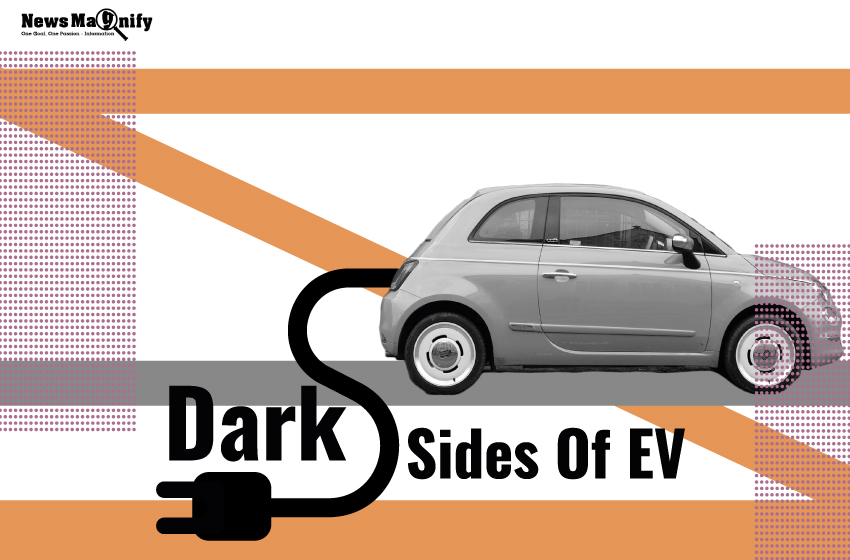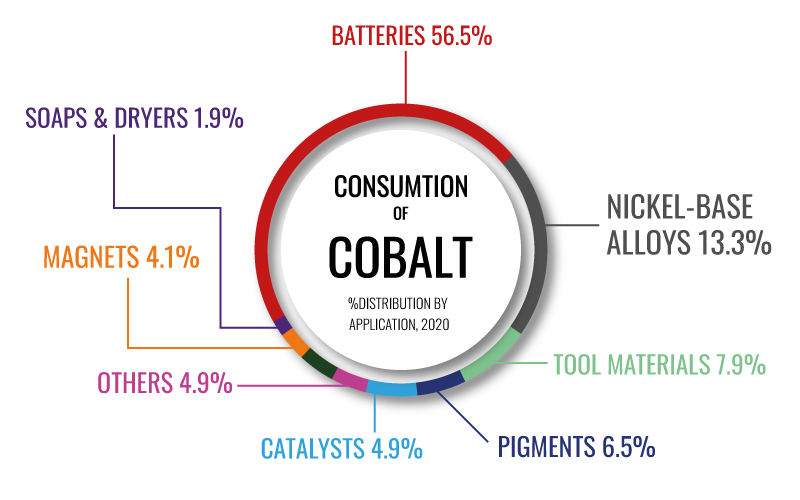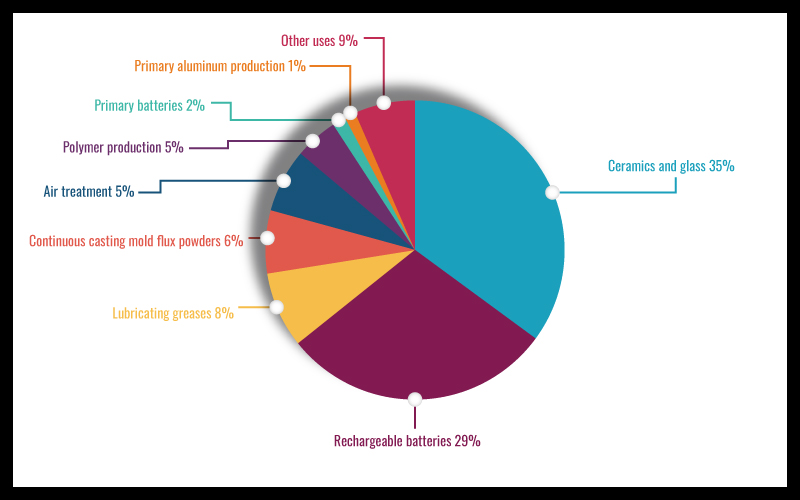
Dark Sides Of EV: Why Look At The Better Side Only?
- Technology Automobiles
 Loyiso Dlamini
Loyiso Dlamini- May 26, 2022
- 0
- 13 minutes read
Climate action is the latest trending word and why wouldn’t it be. One world is all we have and our world is exposed to a big risk. Countries, corporations, and citizens claim to do all that is possible for them to do for saving the planet from climate change. Green energy is escalated as among the top solutions. We are replacing fossil fuel with solar energy, cola with hydropower, diesel and petrol cars with EVs. EVs are being pitched as greener, cleaner, and sustainable. But is that all? In today’s article, we are going to have a look at the dark sides of EV. Here are some of the ethical issues with electric cars.
The Dark Sides Of EV: An Unknown Story
Are electric vehicles really greener, cleaner, and sustainable? What is safe and clean for the environment may not always be the same for other aspects. Hidden beneath the shiny exteriors of an electric vehicle is a tale of blood batteries.
The electric vehicles drive human rights violations, extreme poverty, and child labor. An electric car operates on batteries and we all know that. But do we really know what these batteries are composed of? These batteries are formed from rare metals such as cobalt and lithium and they carry a big disadvantage of electric cars on the environment. Here is the truth about electric cars.
Cobalt
Cobalt offers the stability of the battery and enables it to function safely. This is a bluish gray color metal and is found in the crust of the Earth. These are also called crustal rocks. There are various uses of cobalt like it is used in jet turbine generators, tool materials, magnets, pigments, soap and dyers, nickel base alloys, and smartphone batteries. But its important use is in the lithium-ion batteries. Over half of the cobalt that is produced goes into the manufacturing of electric cars. We are looking at the statistics of 4 kilos to 30 kilos of cobalt in each battery.

This metal can be found across the globe like in Australia, China, Canada, Cuba, The United States, South Africa, and the Philippines. Having said that, 70% of the entire supply arrives from one nation: Congo, the Democratic Republic of Congo. Let us look into this country in a bit more detail to understand how it contributes to creating the dark sides of EV.
Association Of Congo In Cobalt Production
The Democratic Republic of Congo is the second biggest country in Africa. Its GDP (Gross Domestic Product) is close to 49 billion dollars. This nation is synonymous with conflict, corruption, and poverty. Beneath the red earth of the country is the largest deposit of cobalt in the world. 92 million people live here. Some 2 million among them depend on the production of cobalt. They are known as Negocios. The mining of cobalt in Congo is divided into two categories: industrial or large scale mining and artisanal or small scale mining. Now you may wonder what is the difference between the two?
Artisanal mines are completely unregulated, labor laws cannot be implemented here, nor do safety protocols. These mines produce 20% to 30% of cobalt from Congo. Nearly 200,000 miners work in these small scale mines. At least 40,000 among them are children and some are as young as six. These children flirt with death on a regular basis. They enter vertical tunnels most of them are too narrow for adults to get in. Inside it is like a furnace. The children dig for cobalt under inhuman conditions. At times they have shovels, but mostly they do it with their bare hands. They are devoid of any gloves, masks, work clothes, and at times just 20 minutes’ worth of oxygen. But these young children go on for many hours. After they are done with digging, they rush the rocks, they wash them and finally carry their products to the market in search of a buyer.
How much do these children make? At times at little as $1. Cobalt is a multi billion dollar industry, it is anticipated to be worth $13.63 billion by 2027 but this money never reaches the children who actually risk their lives to derive it. In a poverty driven country like Congo, even a dollar is worth risking their lives. Many people in Congo died trying to make this money.
Cases Of Trauma
If we have to state an electric car scandal, we would not miss on this. ABC recently profiled a woman whose son died in a mine related accident. The boy was only 13 years old. He told her mother that he was going to the market to purchase coal for her so that she could cook. Instead, he went to a cobalt mine to try to earn an extra buck for the household. The mine embankment collapsed, and the 13 year old never returned home. Between 2014 and 2015, at least 80 artisanal miners. In 2019, an accident killed 43 miners. As per an estimate, 2000 illegal miners die in Congo each year, and many suffer permanent lung damage, skin infections, and also life changing injuries.
In 2019, some of the families of Congo filed a lawsuit. They named big companies like Tesla and accused them of abetting and aiding in the injury and death of children. The lawsuit spoke about a child, he was referred to as John Doe 1. This kid has been working as a human mule since the age of nine. He would carry bags after bags of cobalt and that too for just $0.75 a day. One day he fell into a tunnel. Fellow workers dragged him out of it. But they left him alone on the ground. When the parents of the child found out about this incident, they rushed to the mining site, but that was too late. John was paralyzed, doctors said he will never be able to walk again.
Unsolved Issues That Forces Children To Work Here
Why do children work in these high risk mines? The answer is poverty and the hope to get out of it. Families in Congo are betting big on cobalt. It is like their crypto, their chance to make this big. The demand for this metal has tripled in the last decade. It is anticipated to double again by the end of 2035. The demand is being boosted by EVs (electric vehicles). Presently there are over 6.5 million EVs on the road. By 2040 this number is anticipated to touch 66 million. So that 66 million multiplied by 30 kilos of cobalt. Do the math.
By 2050, the demand for the production of cobalt is anticipated to rise by 55%. The families of Congo want to ride this wave and tide over poverty.
Lithium
The manufacturing of an electric vehicle includes several similar polluting processes as an ICE. Ores are required to be dug out from the ground and their extracted metal; metals are required to be welled and shaped; rubber tyres and plastic dashboards are required to be sourced; the lithium-ion battery supply chain stretches from Latin America and Europe and Africa, and all these above mentioned processes include consumption of heavy energy and emission of the greenhouse gas.
The actual process of manufacturing an EV is the place where the clean, green image of the EV starts to fall. These blood batteries are primarily lithium-ion batteries, the same as those that are found in phones and laptops.

More than half of the lithium resources of the Earth are found in the so-called Lithium Triangle which ranges across Argentina, Bolivia, and Chile (Katwala). Lithium mines have an ecological impact via their destructive extraction processes. Landscapes are scarred and dug up, habitats can be destroyed, and chemical runoff can create water pollution. In May 2016, a toxic chemical leak that was caused by a lithium mine in Tagong, Tibet aroused mass protests after hundreds of dead fish floated in the Liqi river (Katwala).
Mining for lithium also exhausts a tremendous quantity of water, nearly 500,000 gallons each tonne of lithium (Katwala). That is equivalent to 22,730 baths. In Chile, lithium mining has assisted water shortages which have affected farmers specifically hard (Blackshaw).
Battery sustainability problems narrating the dark sides of EV do not end here. At the end of their life, lithium-ion batteries particularly end up in landfills as it is presently cheaper to extract the latest raw materials for batteries than it is to reuse old batteries. Used batteries usually have 8kg of reusable lithium within them, which is two-thirds of the lithium required for a new battery for a Tesla Model S (Balch; Katwala). Attempts are being made to produce batteries more simply and cheaply recyclable, but this is surely far behind the pace that is required to match the increasing popularity of EVs, and the latest raw materials will still be required regardless.
Nickel Mining Among Another Hidden Dark Sides Of EV
As nations, the world over legislates to reduce the use of petrol and diesel cars, attention is inclining towards the environmental impact of mining the commodities that are required for EV batteries. This added scrutiny has hugely aimed at ethical concerns with the lithium and cobalt supply chain, despite the observations of the CEO of Tesla, Elon Musk that the lithium-ion batteries that are used by his cars are mostly formed of nickel and graphite, where Lithium is merely the “salt in the salad”.
But nickel extraction that is predominantly done in Canada, Australia, Russia, Indonesia, and the Philippines arrives at a health and environmental cost. When we talk about the various dark sides of EV, we cannot miss this. Plumes of sulphur dioxide choking the skies, Earth covered with cancerous dust, rivers flowing blood red. The environmental campaigners have painted a gloomy image of the nickel mines and smelters feeding the electric vehicle sector. This is the dark side of Tesla.
Wrapping Up
It is convenient to forget the green nature of EVs when knowing about their manufacturing and supply chains. Keeping things in perspective, EVs are much better for the environment in comparison to ICEs, and also EVs can decarbonize transport, but as consumers, we should be cautious about the framing that talks about the various dark sides of EVs.
EVs are nearly half as carbon unfriendly as ICEs and so they are not an ideal solution for decarbonizing transport. A better solution for this includes decreasing the number of cars that are being manufactured and the higher usage of more sustainable modes of transport like cycling, walking, public transport, and car sharing. So if you are wondering, why electric cars are bad for the economy. There may not be any bad side to EVs for the economy, but it is undoubtedly not a good option for the environment.
Nevertheless, there will always be a function for automobiles in a certain respect, provided their unique convenience. So if you are purchasing a ‘new’ car, it would be a more effective choice to go for a light, fuel-efficient second-hand ICE rather than a completely new EV. But that is not what Elon Musk would like me to tell you.

